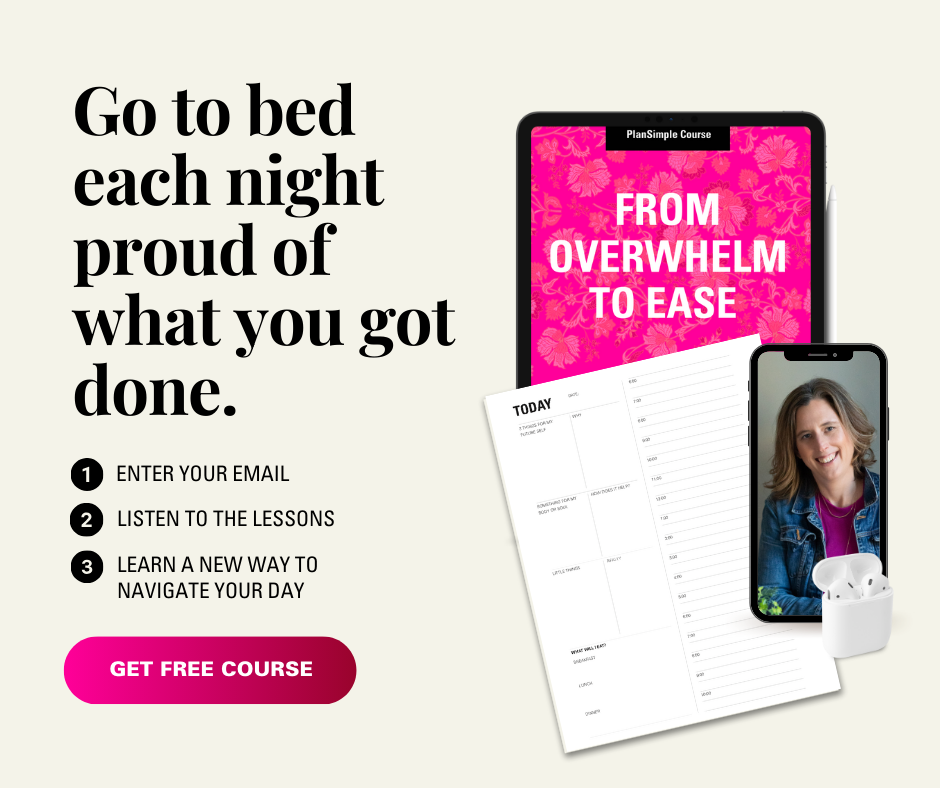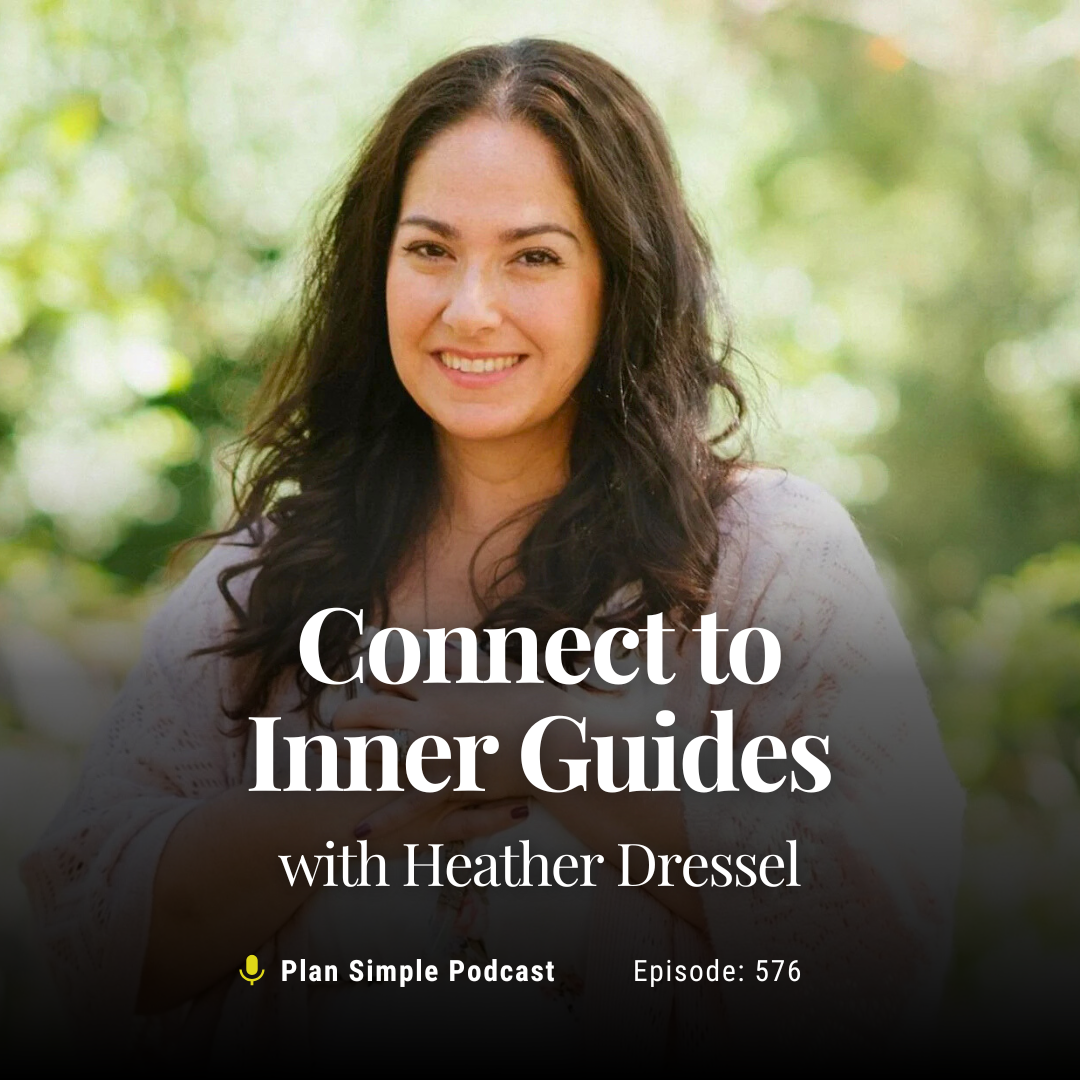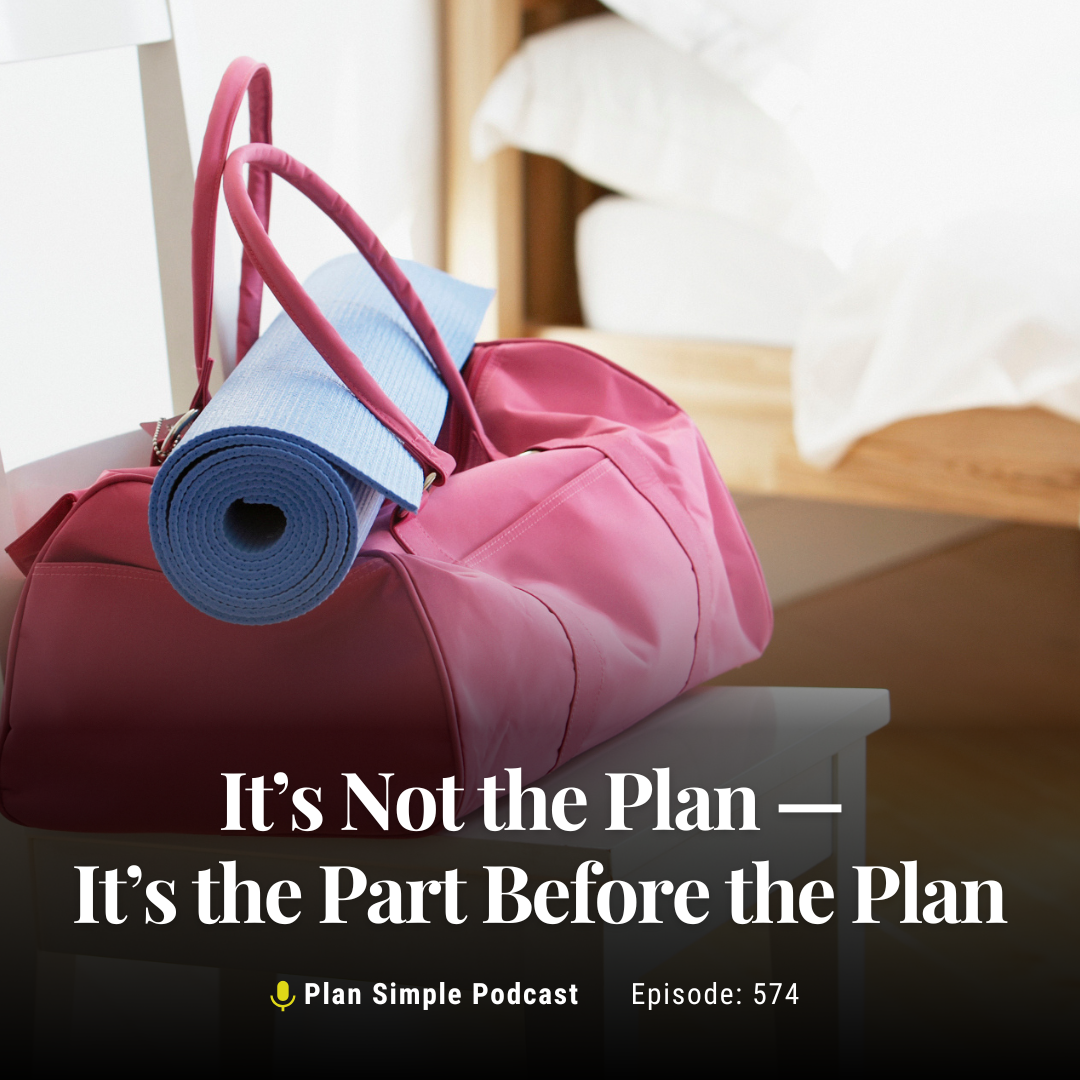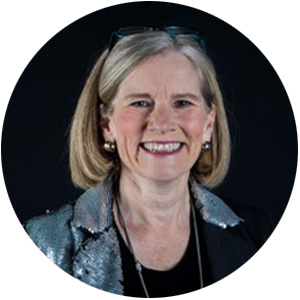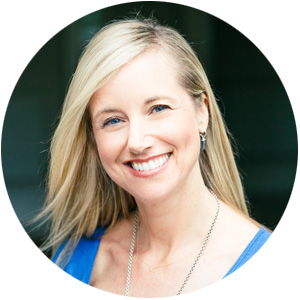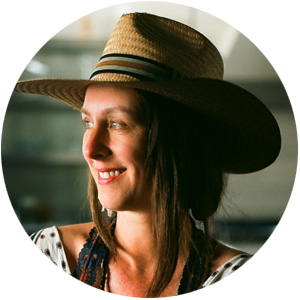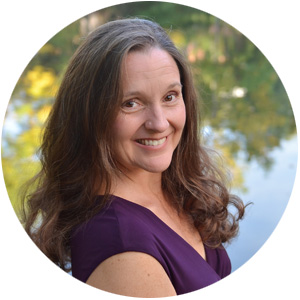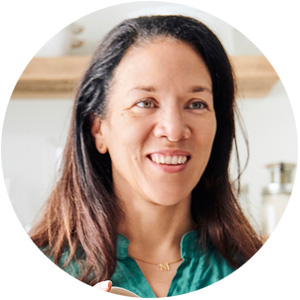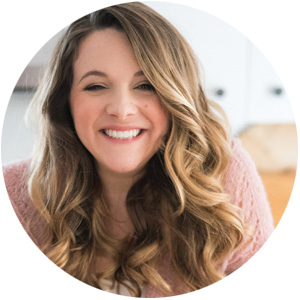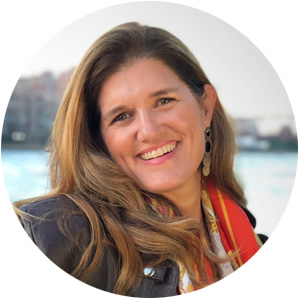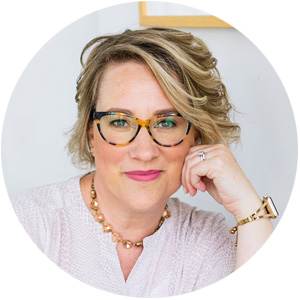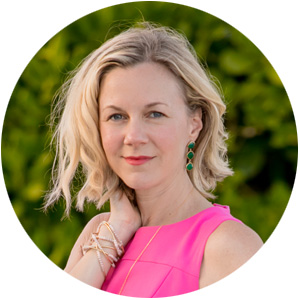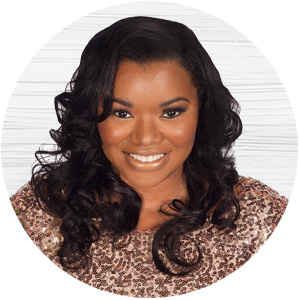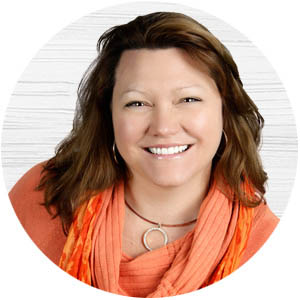Find Ease Part 3: Balance Work, Wellness and Family
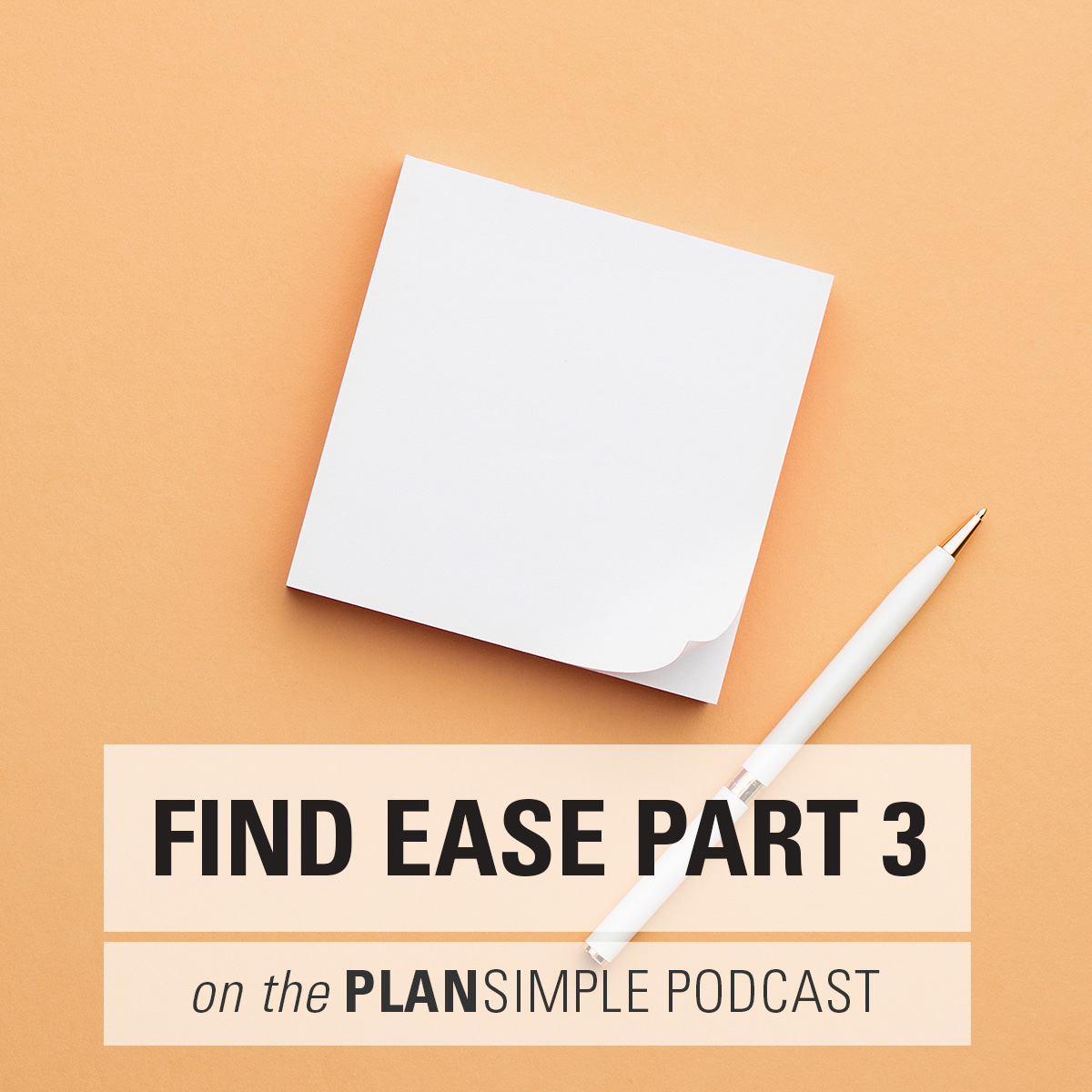
You can have it all — work, motherhood and wellness — and feel balance.
We were just never taught how.
It starts with the history of the planner.
A guy named Robet, Robert Aitken, published the first daily planner in the North American colonies in 1773. This was the first time that people (men at the time) thought into the future, rather than making life based on what the almanac said was possible.
In the Civil War era, planners were published for men returning from war and starting to work again. As books became more accessible in the 19th century, women became more familiar with a format created for well-to-do men.
Even though today we can find many beautiful planners that were made for women at places like Staples and Target, the system behind them was made for men who were not balancing work with what was happening at home and with the children — and the original planners were certainly not madeto respond to so many choices.
The calendar made for a man’s work day has a few major holes.
- Most women are thinking about work and family, so to just plan for the workday or write lists of home tasks does us no good.
- Planners set us up for always doing, and we benefit from time for just being.
- It depicts a very linear version of time, so the concept that balance is about value not amount gets lost. Women do not reset everyday, but rather every 28 days. We have to think about each day differently and need a system to help us do that.
This concept from Oprah was the key to me making big food changes in a short period of time, driving across the country with three kids for a year-long book tour, and growing a business while navigating the hardest personal year of my life.
Calendars, Lists, To Do Lists, Oh My
I always had a calendar for work with client meetings and due dates. It was loosely based on the original version from 1773. A random assortment of other things I needed to remember like school events, plane departures, doctor appointments, and important birthdays ended up in my planner alongside my work.
The rest of life lived in lists. Lists of meals on the fridge. Lists of ingredients to buy in my phone. Lists of activities I wanted to do with the kids. Holiday lists. Bucket list. Journal entries about hopes and dreams. And I believe this is all great because making these lists is an intuitive, feminine, creative, calming practice.
And the lists eventually took on a life of their own — becoming the never-ending, always expanding to do list.
Can you relate?
My 2-Step Process to Getting to Goals
When I changed my food, I also had a habit that I don’t always talk about. Every morning I would rip a page off of one of those quote a day calendars. I read the quote and let the message sink in. Then I folded the square paper in half with the quote inside.
I recalled my goal and wrote it as if I already achieved it on one side of the folded paper. I love my body and feel nourished and energized by my food. Then I flipped it over and wrote down 1–3 things I would do that day to get there and the time I would do them.
This habit stuck. When food did not need to be my primary focus, the goal and three things became about work or home.
When I was on the book tour I met thousands of women, some who knew more about food than me, and no one was following through on their desires — whether that was to eat cleaner, make family dinner a thing, or make the process of 21 meals a week just a little bit easier.
When we started to get clear on their days and where the obstacles really were, it always came back to time. To make dinner and sit and enjoy it takes over an hour. I would say it is the most powerful hour, but it cannot happen in 15 minutes, 25 minutes or even 45 minutes. Women were running from work to afterschool activities, and then scooping up kids to get them home, sitting in traffic…
Those women had come to my talk because they had a vision, but they weren’t executing.
I had come to understand that my intuition gives me the smartest advice ever, and serves me ideas I can fulfill. Same with all the women who knew that they wanted to eat healthy food or that family dinner would help their family, or felt pulled towards taking care of themselves.
Your intuition is smart too — the smartest. That kind whisper and nudge can tell you exactly how to parent, grow a biz and what to eat.
But here is the thing about the wise voice within us … it does not understand time.
Before my coffee cup moment, I would decide all these things I wanted, but I would never do them. I would get so excited and then get quickly panicked by what it would look like to actually pull these things off.
Remember that overwhelm, balance and ease are feelings … Well so is panic.
And panic can make us stand pretty motionless.
You may have felt a bit of that after I had you choose a 90-day goal.
That’s where the next part—tying things to time—is really important.
Tying Things to Time
I have bought 100s of planners and never finished them. I have had piles of scrap paper with ideas, dreams, and a reminder to get toilet paper. Twelve years ago, I started tying things to time on a Post-it. On the road, I did it on my phone. Today I do it with a combo of the FLOW Planner and my google calendar.
The planner model from 1773 needs the feminine, and our endless lists need the masculine component.
This is the missing piece — the missing connection.
On the other side of dreaming and sketching out goals and to-do lists, you have to find the time.
Otherwise we set ourselves up for emotions that stop us in our tracks.
Lists do us no good if we cannot commit to the items in the time we have.
Your Turn to Tie Your Next Steps to Time
This is the process, at a very high level that I use each week and creates great results while also helping me create ease, which in turn helps me follow through.
Step 1: Get super clear on your vision for the week and what that will feel like.
Step 2: Decide… What are the 3 most important things I will do this week?
Step 3: Identify when you are going to do these things. (Please add EXTRA TIME.)
So, how does this process help you get out of the overwhelm of your endless to-do list and move into balance? You only look at the things for the week ahead. You tuck that long, overwhelming to-do list into a drawer. You start from a place of feeling. You decide what that feeling means you will be up to for the week ahead. You move from list to calendar
But I’m Too Busy
Busy is a choice — even for you. I promise.
Busyness has a lot less to do with the actual number of things on your to-do list and way more to do with what you think about them, and how you let yourself look at them.
Who is excited about a new kind of week where you can feel at ease and maybe get more done than usual?
Join me on the next episode, and I will share one more set of tools so you can surely do this.

